-
 Bitcoin
Bitcoin $82,743.1684
-0.83% -
 Ethereum
Ethereum $1,786.3826
-1.32% -
 Tether USDt
Tether USDt $0.9994
-0.03% -
 XRP
XRP $2.0878
-1.92% -
 BNB
BNB $587.7876
-1.29% -
 Solana
Solana $118.6875
-1.73% -
 USDC
USDC $0.9998
-0.02% -
 Dogecoin
Dogecoin $0.1643
-2.60% -
 TRON
TRON $0.2377
0.02% -
 Cardano
Cardano $0.6373
-2.77% -
 UNUS SED LEO
UNUS SED LEO $9.1671
2.54% -
 Chainlink
Chainlink $12.5669
-2.12% -
 Toncoin
Toncoin $3.2464
-1.42% -
 Stellar
Stellar $0.2477
-3.26% -
 Avalanche
Avalanche $17.2033
-5.15% -
 Shiba Inu
Shiba Inu $0.0...01207
-1.96% -
 Sui
Sui $2.1527
-3.60% -
 Hedera
Hedera $0.1569
-3.21% -
 Litecoin
Litecoin $81.3616
-2.90% -
 Polkadot
Polkadot $3.9137
-2.05% -
 MANTRA
MANTRA $6.2374
-0.83% -
 Bitcoin Cash
Bitcoin Cash $294.4450
-2.52% -
 Dai
Dai $1.0000
-0.01% -
 Bitget Token
Bitget Token $4.4073
-2.22% -
 Ethena USDe
Ethena USDe $0.9990
-0.01% -
 Pi
Pi $0.6502
8.02% -
 Monero
Monero $214.2746
-1.19% -
 Hyperliquid
Hyperliquid $11.5054
-2.25% -
 Uniswap
Uniswap $5.8244
-1.12% -
 OKB
OKB $54.0326
5.53%
How to Get API Access for a Crypto Exchange?
To obtain API access to a crypto exchange, select a reputable exchange that offers the feature, create an account, enable API access, generate an API key and secret, configure permissions, store the credentials securely, and verify the functionality.
Oct 16, 2024 at 03:13 pm
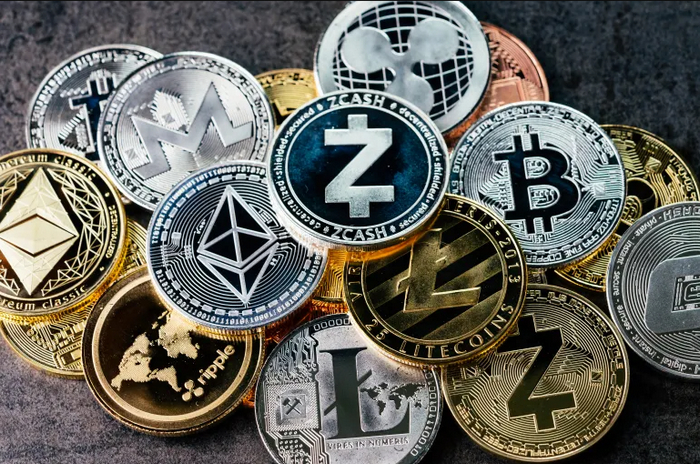
How to Get API Access for a Crypto Exchange?
1. Choose an Exchange:
- Select a reputable crypto exchange that offers API access. Examples include Binance, Coinbase, and Kraken.
2. Create an Account:
- Register for an account with the chosen exchange. Ensure to provide accurate and verifiable personal information during this process.
3. Enable API:
- Navigate to the API settings section of your account dashboard. Typically, this can be found under "Settings" or "Security."
- Enable the API access option.
4. Generate API Key:
- Click on "Create API Key" or a similar button.
- Choose a descriptive name for your API key.
- Generate and copy the API key and secret (also known as a key pair). It's crucial to keep these keys secure and confidential.
5. Configure API Access:
- Grant the API key limited permissions, such as read-only access to market data or trading authorization.
- Define the privileges and restrictions for the API key.
6. Save and Store Securely:
- Store the generated API key and secret in a secure location, such as a password manager or a hardware wallet.
- Never share your API credentials with anyone.
7. Verify API Functionality:
- Once configured, test the API functionality by making a simple request using the generated API key and secret. This will ensure the API is working correctly.
Additional Tips:
- Use SSL encryption to protect your API connections.
- Consider using a rate limiter to avoid overloading the exchange's servers.
- Monitor your API usage and notify the exchange if you suspect unauthorized access.
- Regularly rotate your API key and secret for enhanced security.
Disclaimer:info@kdj.com
The information provided is not trading advice. kdj.com does not assume any responsibility for any investments made based on the information provided in this article. Cryptocurrencies are highly volatile and it is highly recommended that you invest with caution after thorough research!
If you believe that the content used on this website infringes your copyright, please contact us immediately (info@kdj.com) and we will delete it promptly.
- Bitcoin (BTC) Mining Industry Reaches New Heights as Network Hashrate Hits an All-Time High
- 2025-04-06 16:40:13
- X2Y2 NFT Marketplace to Shut Down Operations on April 30, 2025
- 2025-04-06 16:40:13
- Illinois Senate Moves a Bill Forward That Aims to Regulate All Cryptocurrency Businesses Within the State
- 2025-04-06 16:35:12
- Despite Dogecoin (DOGE) Price Surge Predictions, RUVI Quietly Takes the Stage
- 2025-04-06 16:35:12
- ChatGPT Forecasts Modest Recovery of Shiba Inu (SHIB) by April 30
- 2025-04-06 16:30:13
- Bitcoin Has Been in the News Again, Not for Crashing or for Pumping to the Moon
- 2025-04-06 16:30:13
Related knowledge
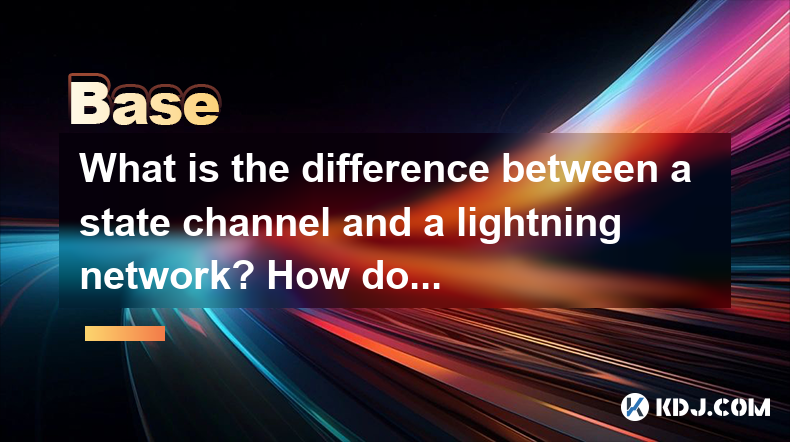
What is the difference between a state channel and a lightning network? How do they improve transaction efficiency?
Apr 05,2025 at 05:21pm
State channels and the Lightning Network are two significant technologies within the cryptocurrency ecosystem aimed at improving transaction efficiency on blockchain networks. Both solutions address the scalability issues of blockchain systems, particularly in handling a high volume of transactions quickly and with low fees. However, they operate differ...

Why is the oracle called the bridge between blockchain and the real world?
Apr 04,2025 at 04:00am
The concept of an oracle in the cryptocurrency and blockchain world is crucial for understanding how these decentralized systems interact with external data. The oracle is often referred to as the bridge between blockchain and the real world because it serves as a vital intermediary that fetches, verifies, and transmits off-chain data to the on-chain en...
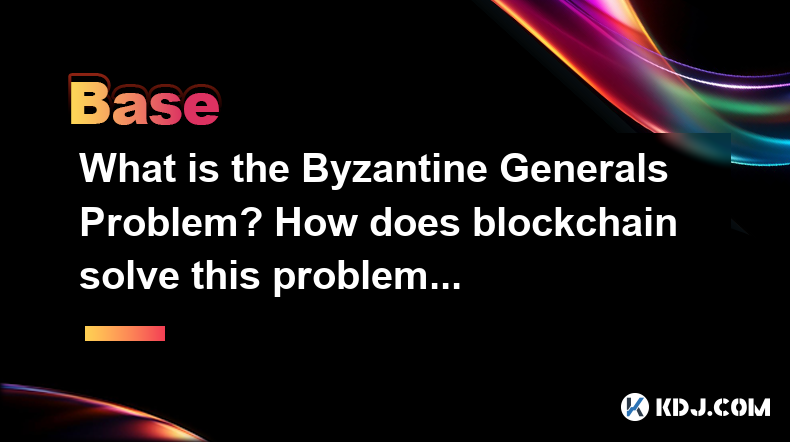
What is the Byzantine Generals Problem? How does blockchain solve this problem?
Apr 05,2025 at 06:29am
The Byzantine Generals Problem is a classic problem in the field of distributed computing and computer science, which has significant implications for the reliability and security of decentralized systems, including blockchain technology. This problem is named after a hypothetical scenario involving several generals of the Byzantine army who must coordi...
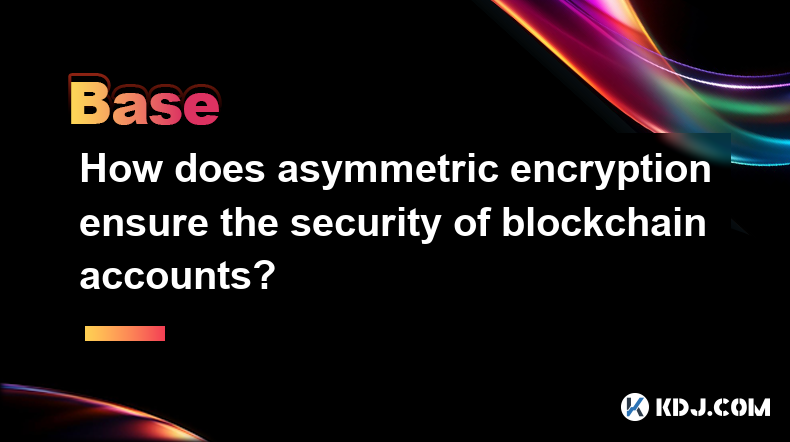
How does asymmetric encryption ensure the security of blockchain accounts?
Apr 06,2025 at 07:50am
Asymmetric encryption plays a critical role in securing blockchain accounts by providing a robust method of safeguarding private keys and ensuring secure transactions. This article delves into how asymmetric encryption works and why it is indispensable for the security of blockchain accounts. What is Asymmetric Encryption?Asymmetric encryption, also kno...

What role does the Merkle tree play in the blockchain? Why can it verify data integrity?
Apr 04,2025 at 01:29pm
The Merkle tree plays a crucial role in the blockchain, primarily due to its ability to efficiently and securely verify data integrity. This article will delve into the structure of a Merkle tree, its implementation in blockchain, and how it ensures the integrity of data. Understanding the Structure of a Merkle TreeA Merkle tree, also known as a hash tr...
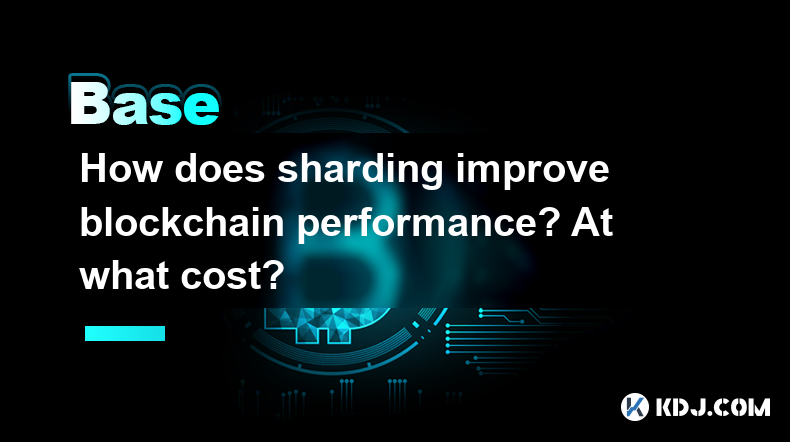
How does sharding improve blockchain performance? At what cost?
Apr 06,2025 at 04:00pm
Sharding is a technique used in blockchain technology to enhance the performance and scalability of a network. By dividing the blockchain into smaller, manageable pieces called shards, the system can process multiple transactions in parallel, significantly increasing throughput. However, this approach comes with its own set of challenges and costs. In t...

What is the difference between a state channel and a lightning network? How do they improve transaction efficiency?
Apr 05,2025 at 05:21pm
State channels and the Lightning Network are two significant technologies within the cryptocurrency ecosystem aimed at improving transaction efficiency on blockchain networks. Both solutions address the scalability issues of blockchain systems, particularly in handling a high volume of transactions quickly and with low fees. However, they operate differ...

Why is the oracle called the bridge between blockchain and the real world?
Apr 04,2025 at 04:00am
The concept of an oracle in the cryptocurrency and blockchain world is crucial for understanding how these decentralized systems interact with external data. The oracle is often referred to as the bridge between blockchain and the real world because it serves as a vital intermediary that fetches, verifies, and transmits off-chain data to the on-chain en...

What is the Byzantine Generals Problem? How does blockchain solve this problem?
Apr 05,2025 at 06:29am
The Byzantine Generals Problem is a classic problem in the field of distributed computing and computer science, which has significant implications for the reliability and security of decentralized systems, including blockchain technology. This problem is named after a hypothetical scenario involving several generals of the Byzantine army who must coordi...

How does asymmetric encryption ensure the security of blockchain accounts?
Apr 06,2025 at 07:50am
Asymmetric encryption plays a critical role in securing blockchain accounts by providing a robust method of safeguarding private keys and ensuring secure transactions. This article delves into how asymmetric encryption works and why it is indispensable for the security of blockchain accounts. What is Asymmetric Encryption?Asymmetric encryption, also kno...

What role does the Merkle tree play in the blockchain? Why can it verify data integrity?
Apr 04,2025 at 01:29pm
The Merkle tree plays a crucial role in the blockchain, primarily due to its ability to efficiently and securely verify data integrity. This article will delve into the structure of a Merkle tree, its implementation in blockchain, and how it ensures the integrity of data. Understanding the Structure of a Merkle TreeA Merkle tree, also known as a hash tr...

How does sharding improve blockchain performance? At what cost?
Apr 06,2025 at 04:00pm
Sharding is a technique used in blockchain technology to enhance the performance and scalability of a network. By dividing the blockchain into smaller, manageable pieces called shards, the system can process multiple transactions in parallel, significantly increasing throughput. However, this approach comes with its own set of challenges and costs. In t...
See all articles




















































































